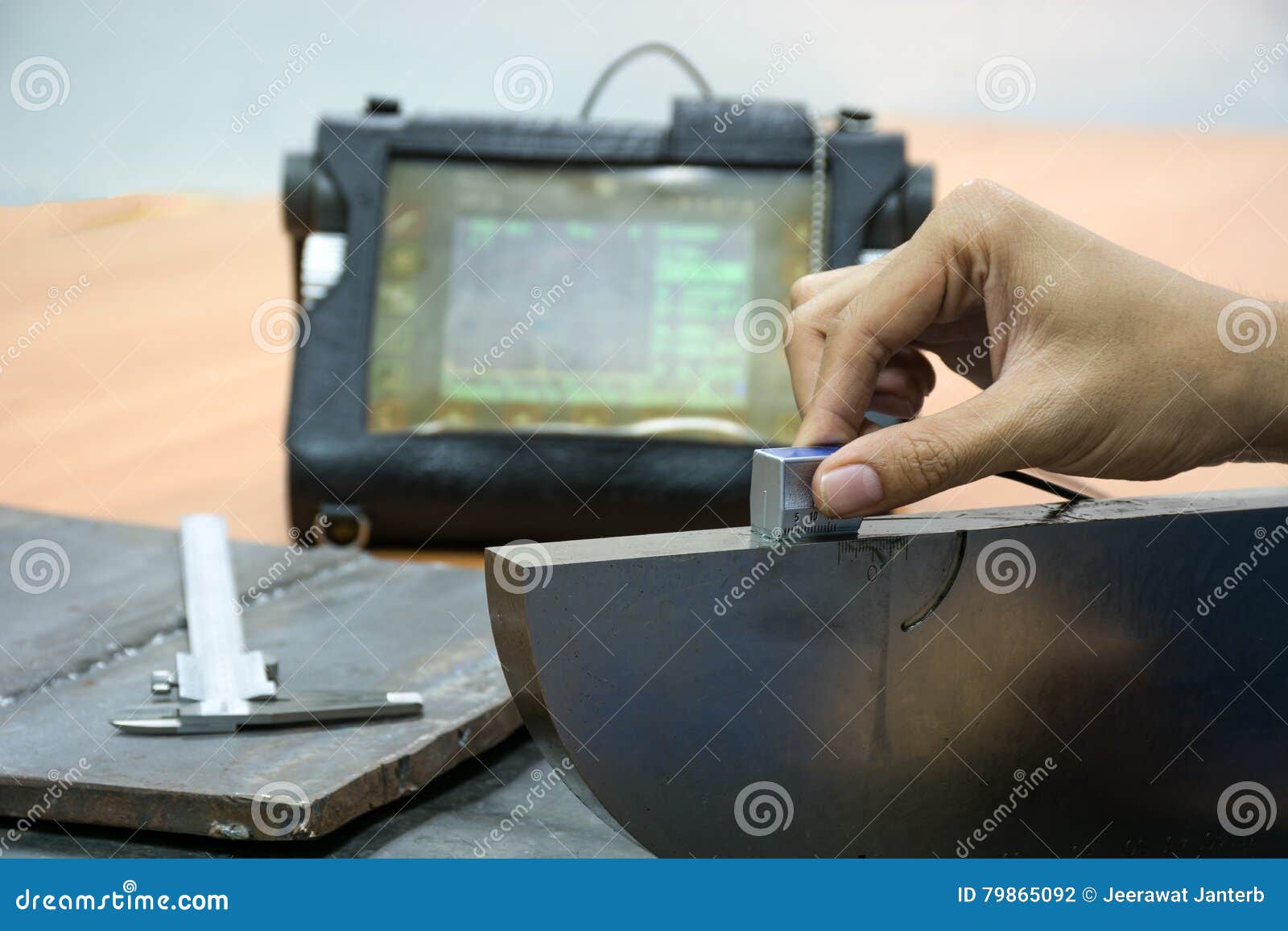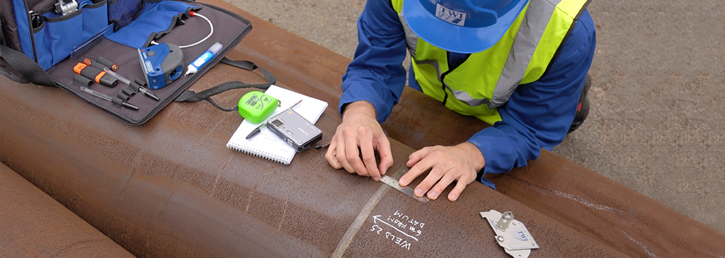The Importance of Thorough Welding Examination in Industrial Applications
In the realm of commercial applications, the importance of careful welding inspection can not be overstated. It plays a vital function in ensuring the architectural stability and longevity of bonded elements. Advanced non-destructive screening strategies enable for the early detection of potential problems, such as cracks and insufficient combination, which, if left unattended, can cause disastrous failures. Adherence to stringent market standards not just guarantees high quality yet additionally develops client confidence. As we discover the multifaceted advantages of thorough welding evaluations, one have to think about the more comprehensive ramifications on safety and security, reliability, and cost-effectiveness in commercial operations.
Enhancing Architectural Honesty
When it comes to welding examination in commercial applications, improving structural integrity is paramount. The primary goal of welding examination is to ensure that the welds are capable of birthing the anticipated anxieties and tons they will encounter in solution.
The relevance of keeping architectural stability in welded frameworks can not be overstated. Badly performed welds can result in catastrophic failings, leading to pricey repair services, downtime, and even endangerment of human lives. Examiners play an essential function in the lifecycle of industrial components, supplying guarantee that the welding procedure delivers the wanted stamina and resilience.
Furthermore, progressed technologies, such as phased selection ultrasonic screening and digital radiography, offer boosted abilities in spotting possible weaknesses, permitting corrective procedures prior to concerns intensify. By focusing on the integrity of welds with meticulous evaluation, industries can guarantee functional performance and prolong the durability of their infrastructure.
Identifying Welding Defects
Identifying welding defects is an important facet of making certain the safety and security and integrity of welded frameworks. Typical welding flaws consist of porosity, splits, insufficient blend, and damaging.

Skilled assessors use both visual evaluation and advanced non-destructive screening (NDT) methods, such as radiographic or ultrasonic testing, to detect these flaws. The timely identification and rectification of welding defects are vital to maintain the architectural integrity and durability of industrial parts.
Making Sure Conformity Criteria
Maintaining the stability of welded frameworks extends beyond recognizing problems; it calls for adherence to rigid conformity requirements. Conformity with established requirements, such as those provided by the American Welding Society (AWS) and the International Company for Standardization (ISO), guarantees that welds satisfy minimal safety and high quality requirements. These standards include a wide variety of requirements, consisting of product specifications, welding procedures, and certification of welders. Adherence to these standards is important to stop architectural failings, which might lead to tragic repercussions in commercial applications.
Routine audits and inspections are vital in validating compliance. Inspectors have to have a detailed understanding of the relevant criteria and be proficient at making use of different non-destructive screening (NDT) techniques to evaluate weld top quality. By making certain that welding techniques straighten with compliance requirements, firms mitigate the threat of non-conformity, which can bring about legal responsibilities and safety and security risks.
Moreover, preserving conformity not only safeguards structural stability yet also boosts a company's track record in the industry. Customers and stakeholders are more probable to count on companies that consistently show a dedication to top quality and security via rigorous compliance. Hence, guaranteeing conformity criteria is a vital part in the effective application of welding in commercial applications.
Reducing Maintenance Costs

The application of sophisticated non-destructive screening (NDT) approaches, including ultrasonic, radiographic, and magnetic particle assessments, improves the capacity to detect subsurface defects without endangering the architectural honesty of elements. By utilizing these strategies, sectors can substantially extend the service life of their devices, lowering downtime and the connected financial worry of upkeep tasks.
Additionally, a robust welding evaluation regime supports the optimization of maintenance schedules, shifting from reactive to predictive upkeep approaches. This aggressive technique not only curtails unexpected failures however additionally improves source appropriation, ensuring that maintenance initiatives are concentrated and reliable. Eventually, Going Here the investment in extensive welding examination is countered by the significant financial savings understood with reduced maintenance needs, adding positively to the general functional effectiveness of industrial business.
Improving Security Steps
Welding inspection plays a crucial role in this context, as it ensures that all links and joints meet rigid safety and security requirements. Comprehensive examinations help determine flaws such as splits, porosity, or incomplete combination that might endanger structural honesty.
To improve safety and security steps, adopting innovative non-destructive testing (NDT) methods is essential. Methods like ultrasonic testing, radiographic screening, and magnetic fragment examination permit detailed evaluation without harming the structure. These technologies enable examiners to find surprise flaws early in the construction process, helping with timely corrective actions. Moreover, carrying out a durable high quality control system that includes regular training for inspectors and welders makes sure adherence to established safety requirements.
Last but not least, fostering a society of safety and security within the organization stresses the significance of comprehensive welding inspections. Motivating open communication and partnership among welders, engineers, and examiners adds to a common commitment to safety quality. Welding Inspection Madison. In doing so, sectors can secure their procedures, safeguard personnel, and preserve public trust

Final Thought
Complete welding assessment is important in industrial applications, considerably enhancing architectural stability and reliability. Inevitably, the attentive execution of welding inspections plays an essential duty in preserving operational effectiveness and safety in commercial setups.
As we explore the complex benefits of attentive welding assessments, one should take into consideration the internet wider ramifications on security, dependability, and cost-effectiveness in industrial procedures.
The main goal of welding examination is to guarantee that the welds are qualified of bearing the expected stresses and tons they will certainly experience in solution. Effective welding assessment plays an integral function in decreasing these costs by making certain the integrity and durability of welds, therefore mitigating the danger of early failures.Extensive welding examination is essential in commercial applications, dramatically boosting structural stability and dependability. Inevitably, the persistent implementation of welding examinations plays an essential duty in maintaining functional efficiency and safety and security in commercial settings.